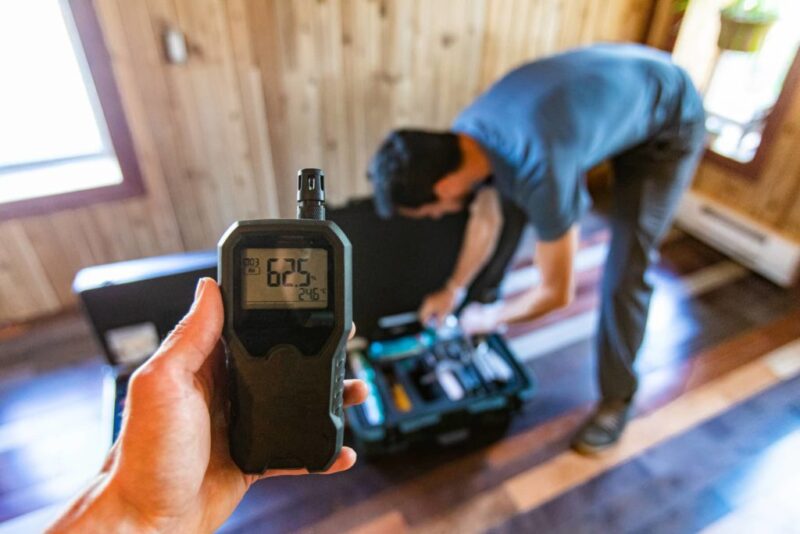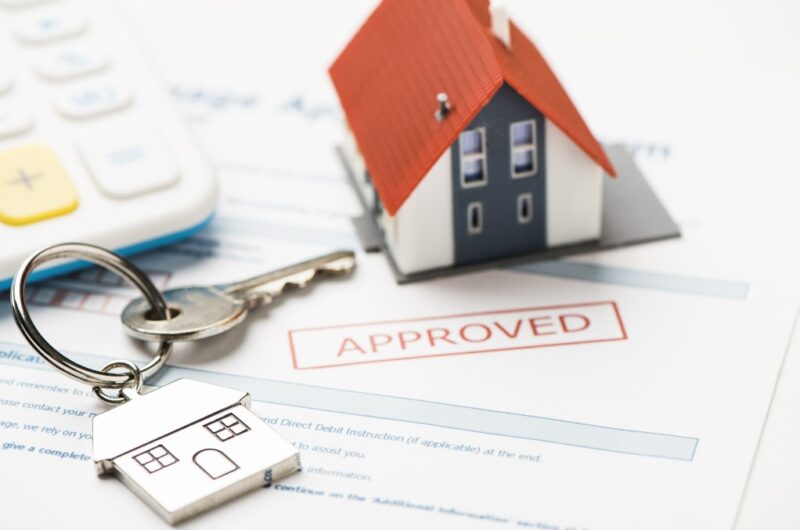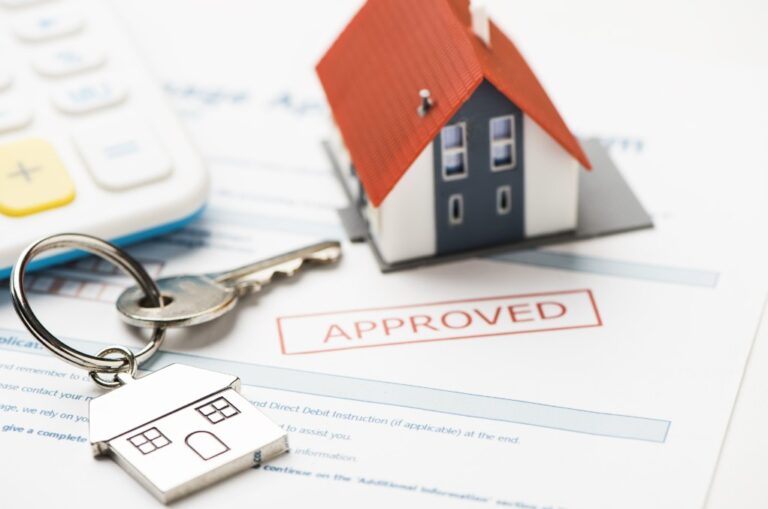Mold air testing is a crucial process for maintaining healthy indoor environments. Its accuracy is vital for identifying mildew presence and ensuring the safety of living and working spaces. Mold, a type of fungus, can cause various health issues, especially for those with allergies or asthma. Accurate testing is essential for identifying hidden mold problems and addressing them effectively. Mold air tests involve analyzing samples to detect the presence and concentration of mildew spores. It is distinct from surface testing and offers unique insights into airborne fungi risks.
What Is Mold Air Testing?
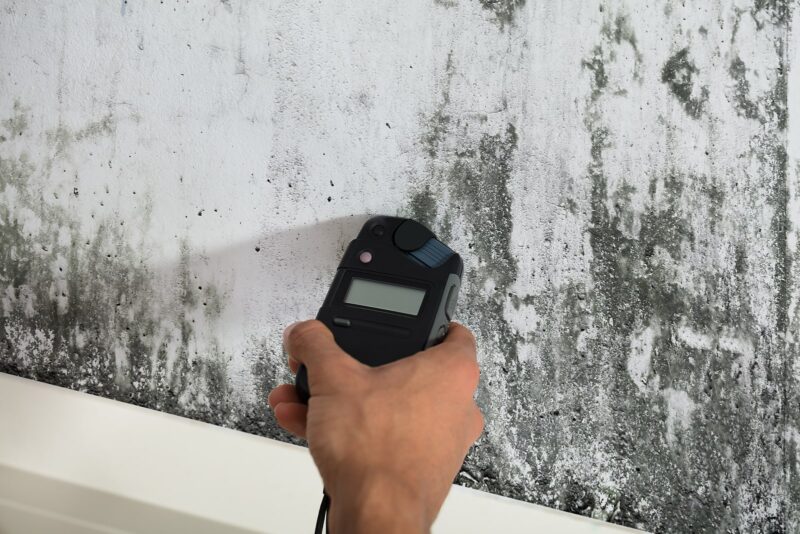
Mold air testing is a method used to assess the air quality in indoor environments by detecting the presence and concentration of mildew spores. Unlike surface tests, which involves taking samples from physical surfaces, testing measures the quantity and variety of mold spores in the air. This testing is crucial for evaluating the air quality and identifying hidden mildew issues that are not visible to the naked eye. These tests are typically conducted using specialized equipment that collects air samples from various locations within a building.
The Science Behind Mold Air Testing
The technology and methods used in mold testing are sophisticated and require precision. Air sampling, a key component, involves capturing air from the environment and analyzing it for mildew spores. This process is typically conducted using devices like spore traps or air pumps equipped with a collection medium. The collected samples are then analyzed in a laboratory to identify and quantify mildew species. The accuracy of these tests depends on the quality of the equipment used and the expertise of the technicians conducting the analysis. For deeper analysis and on field work please check here.
Factors Affecting Accuracy
Several factors can impact the accuracy of mold testing. The location of sample collection is crucial, as mildew concentrations can vary significantly within a space. Environmental conditions, such as humidity and temperature, also affect its mold growth and spore distribution. Equipment calibration and the expertise of the professionals conducting the test are other critical factors. Improperly calibrated equipment or inadequate sampling techniques can lead to inaccurate results.
Benefits of Mold Air Testing
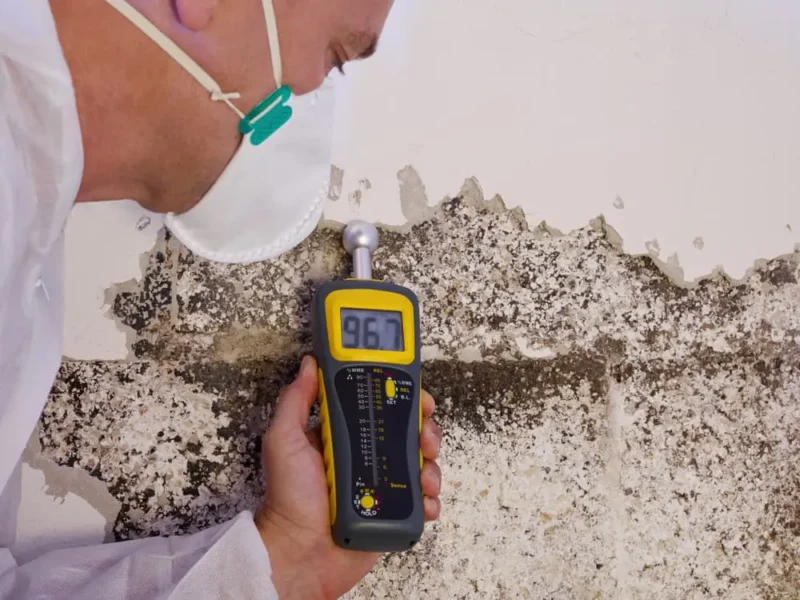
Mold air testing has several advantages, key among them being the early detection of mildew problems, often before they become visible or cause health issues. This proactive approach can prevent costly repairs and health problems down the line. This testing can identify the types of mold present, aiding in determining the potential health risks and the best course of action for remediation. Knowing the specific type of mildew can help in choosing the most effective treatment methods. This type of test is also invaluable for confirming the efficacy of mildew removal efforts by comparing air quality before and after remediation.
Limitations of Mold Air Testing
While mold air testing is a valuable tool, it has limitations. One major challenge is the variability of mildew spore concentrations over time and across different areas of a space. This variability can lead to inconsistent results and may not accurately reflect the overall mold situation in a building. Additionally, mildew tests cannot determine the exact source of mildew growth, making it challenging to pinpoint areas that need remediation. This limitation necessitates a thorough visual inspection alongside air tests to effectively locate the mildew source.
Professional vs. DIY Testing
The reliability of mold air testing can vary significantly between professional and DIY methods. Professional testing is conducted by certified experts using advanced equipment, ensuring higher accuracy. These professionals have the training and expertise to handle complex test scenarios and interpret results accurately. In contrast, DIY kits may lack precision and can lead to misleading results, potentially causing unnecessary alarm or a false sense of security. Professionals are also trained to interpret the results correctly and provide appropriate recommendations for remediation, ensuring that any identified mildew problems are effectively addressed.
Choosing the Right Mold Air Testing Service
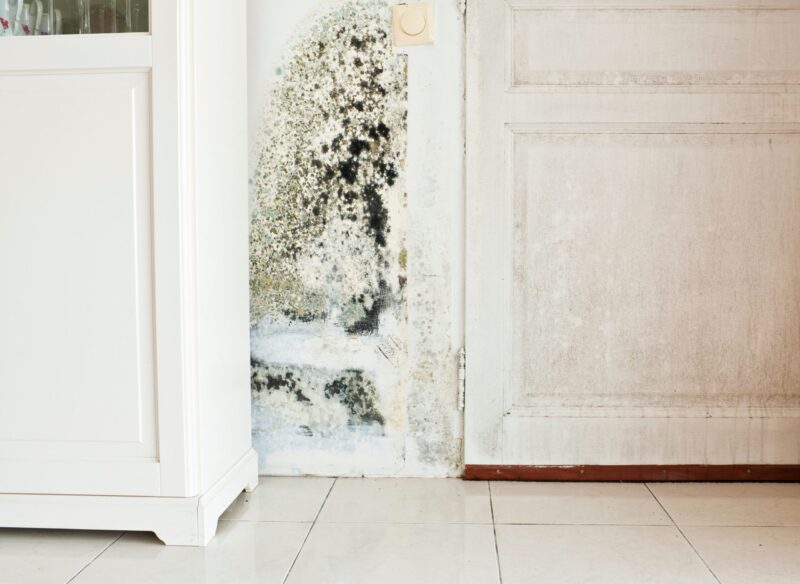
Selecting a reputable mold testing service is crucial for reliable results. Look for services with certifications and a proven track record in mildew testing. Certified professionals are up-to-date with the latest test methodologies and safety protocols. Experienced professionals understand the nuances of sample collection and analysis and can provide accurate and actionable insights. Additionally, a reputable service will have the necessary insurance and guarantees, offering added protection to clients. Check for reviews and ask for references to gauge the reliability of a service.
Preparing for Mold Air Testing
To prepare for mold air testing, ensure that your property is in its typical state to avoid skewing results. Maintaining normal conditions helps in obtaining an accurate representation of the mildew levels in your environment. Avoid extensive cleaning or altering the airflow, as these actions can affect spore levels and lead to unrepresentative sampling. If there are areas of concern, like visible mildew growth or musty odors, inform the testing professionals so they can focus their sampling efforts accordingly.
Interpreting Mold Air Test Results
Interpreting the results of mold testing requires expertise. The report will typically indicate the types and concentrations of mildew spores found. It’s essential to understand that not all mold is harmful at the same levels, and different species have different implications for health and property. A professional can help translate these findings into actionable insights and recommendations, putting the data into context with the specific environment and potential health risks. The interpretation of results is not just a numerical analysis but involves a comprehensive understanding of mildew biology and indoor air quality standards.
Taking Action Based on Results
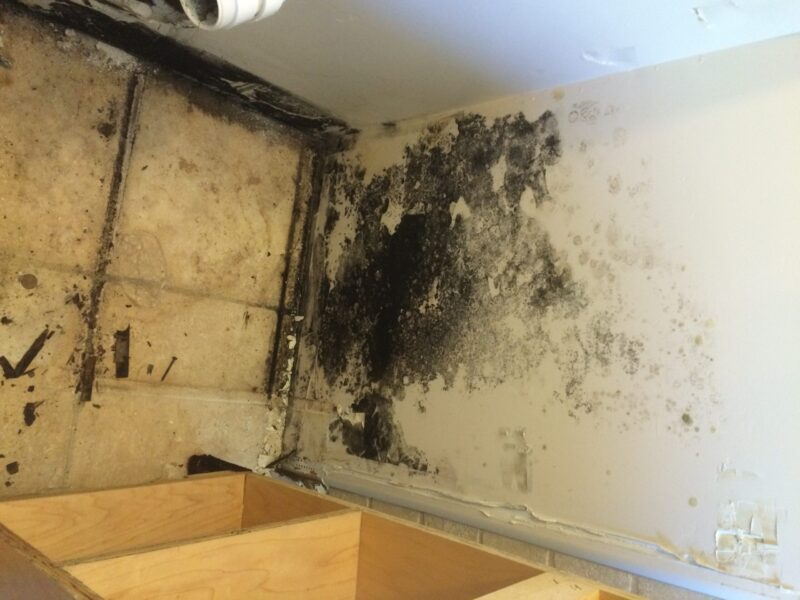
If mold is detected through air testing, it’s essential to take appropriate action. Immediate steps may include identifying and rectifying sources of moisture, as this is a primary cause of mildew growth. Professional mold remediation may be necessary to remove the source of mildew growth and prevent its recurrence. Remediation should be thorough, addressing not just visible mold but also potential hidden growth areas. After remediation, retesting the air quality is advisable to ensure that the mildew issue has been adequately addressed.
Conclusion
In conclusion, while mold air testing is a valuable tool for detecting indoor mildew issues, its accuracy is influenced by various factors. Understanding these factors and choosing the right professional service are crucial for reliable results. Accurate mildew testing can lead to effective remediation and a healthier indoor environment.
Related Posts:
- Sleeping With an Air Purifier? Unveiling the Health Benefits
- What Is the Most Accurate Test for Food…
- Preparing for PTE Exam Success: 10 Benefits of PTE…
- When to Move from Independent to Assisted Living: A…
- Caring for a Horse's Hooves: Pro Tips for Optimal…
- South African Retirement Living: How Many Retirement…

